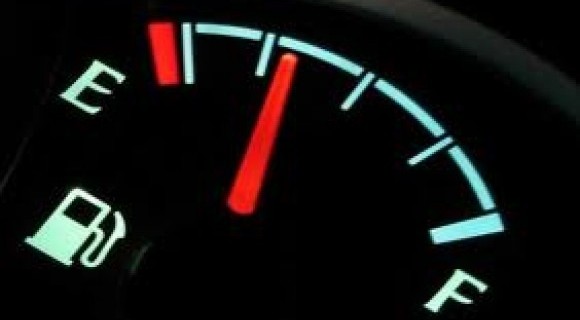Your car’s engine isn’t just a solid object. It’s made up of many parts which make up individual subsystems that need to work together as an integrated unit to move your car from point A to point B. Of course, you have the lower end, consisting of the engine block, crankshaft, pistons and bearings. This is the assembly most directly responsible for making power. Next, there’s the cylinder head or heads, which house the intake and exhaust valves as well as the spark plugs. Finally, you have your exhaust manifold, which directs exhaust out of the engine through your car’s exhaust system, and the intake manifold, which is responsible for bringing air and fuel into your engine.
Unlike your exhaust manifold, which is pretty much a solid assembly, the intake manifold is far more active. There are many differences in intake setup based on overall engine design and the style of fuel injection used, but there are some key similarities in most modern fuel-injected intake setups. As I said, the intake manifold is what brings air and fuel from the atmosphere and fuel tank respectively and directs them to the cylinders in the proper ratio for combustion.
Let’s start by looking at the path air takes. Air enters through your car’s air inlet and then passed through the air filter, which removes dirt, dust, and other atmospheric impurities. From there, it typically flows past the airflow meter and through the throttle body, which controls the amount of air entering the intake manifold. Once air enters the intake manifold, it flows through the intake runners (one for each cylinder) and from there, exits the intake manifold into the cylinder head.
Fuel starts its trip to the intake manifold when it gets picked up by the fuel pump and moved from the fuel tank, through the fuel lines and fuel filter to the fuel injectors. The fuel exits the injector where it meets with the air, where the intake manifold meets with the cylinder head. Both fuel and air, now in the correct ratio thanks to your car’s ECU (engine control unit), and enter the cylinder head and make their way into the cylinder once the timing allows the intake valves to open.
As deceptively simple as it seems, your car’s intake manifold is a precision part, designed to direct air and fuel into the engine in a very specific ratio for combustion. Without it, your car wouldn’t run. Despite this, it’s one of the few parts on your car that rarely needs maintenance or attention.

